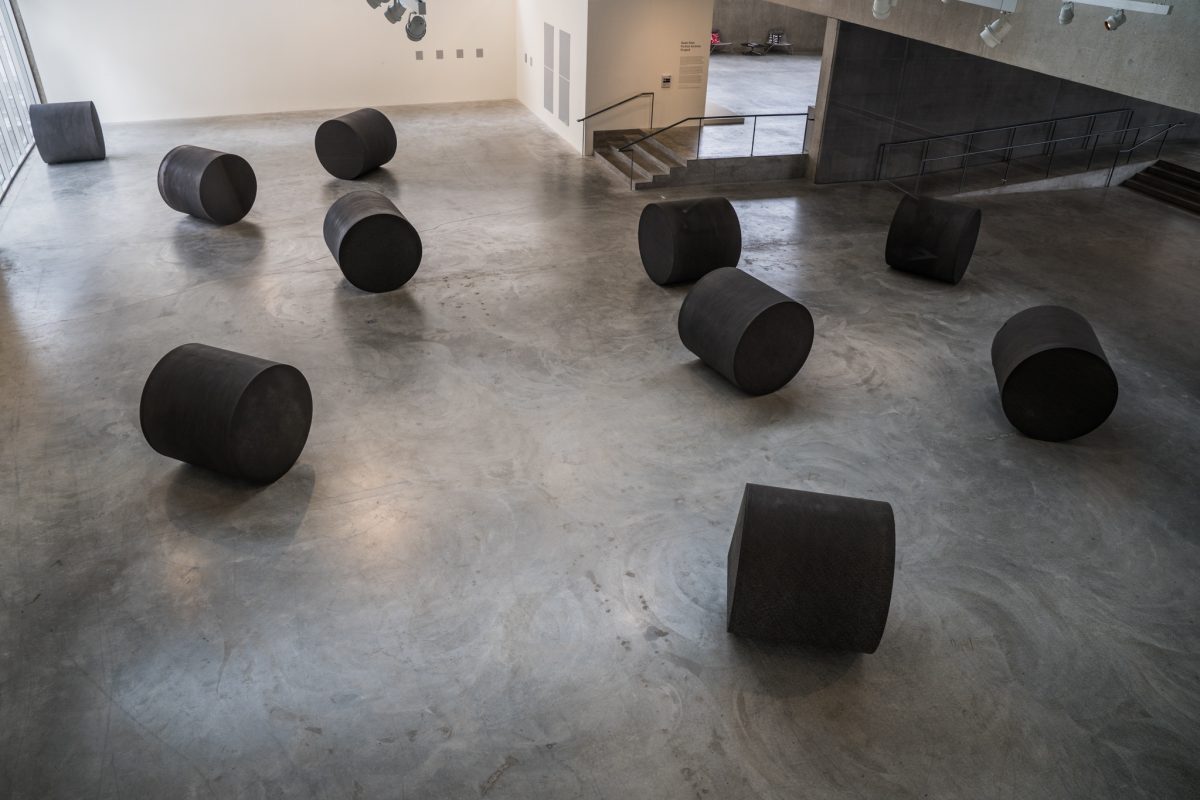“Conceptually based” is a term that describes a wide number of artists’ practices, found in their bios and in reviews and articles about their work. It’s so common that it rarely gets much attention, rather, artists are noted for their focus on issues of identity (i.e. racial, ethnic, gender), the environment (global warming), migration (human), and injustice (inhuman). But the way artists get to these themes is through conceptual means.
Conceptualism, depending on how you choose to define it, goes back to Marcel Duchamp in the early 20th century, and then was applied to certain art and artists of the mid-60s and 70s. “Idea art” was another term for the movement, with the basis being that the idea, or concept, was of greater importance than the art object itself, if there even was an object: Duchamp’s infamous Fountain (a found urinal); Yoko Ono’s book Grapefruit, which included ideas for art actions, or what she called “event scores,” for anyone to employ; Sol Lewitt’s plans and blueprints for the making of artworks for others to build; and my favorite conceptual art exhibition of the era: “During the exhibition the gallery will be closed.”
Conceptual art was a democratization of art-making, in which artists provided the tools, ideas, that anyone could use. The gallery system was bypassed, because without objects there wasn’t art to be marketed. This utopian vision gave way to the realization that money may not be essential or even desirable for an artist’s life/career, but it sure can help. To the concepts, materials were added, often in the form of documentation.
But conceptual art’s heyday didn’t truly end in the era of disco. Conceptualism evolved as the artists-turned-teaching-artists moved into art schools and universities and talked ideas to their students first, rather than material. There followed a period in which artists liked making stuff again, and more than that, liked making stuff that looked good.
Which is where we find ourselves now, where concept and material combine in a mind/body embrace. Recent CAM exhibitions reflect the conceptual base of contemporary art long after conceptualism was over. These are from the last two years alone: Stephanie Syjuco: Rogue States, Bethany Collins: Chorus, Lawrence Abu Hamdan: Earwitness Theatre, Christine Corday: RELATIVE POINTS, Guan Xiao: Fiction Archive Project, Sanford Biggers, SUPERFLEX: European Union Mayotte, Jennifer West: Emoji Piss Film, Tim Youd: St. Louis Retyped, Mickalene Thomas: Mentors, Muses, and Celebrities, and Hayv Kahraman: Acts of Reparation. These exhibitions contained exquisite objects and images, and they were grounded in ideas.
—Eddie Silva
